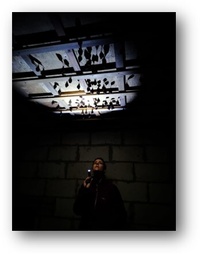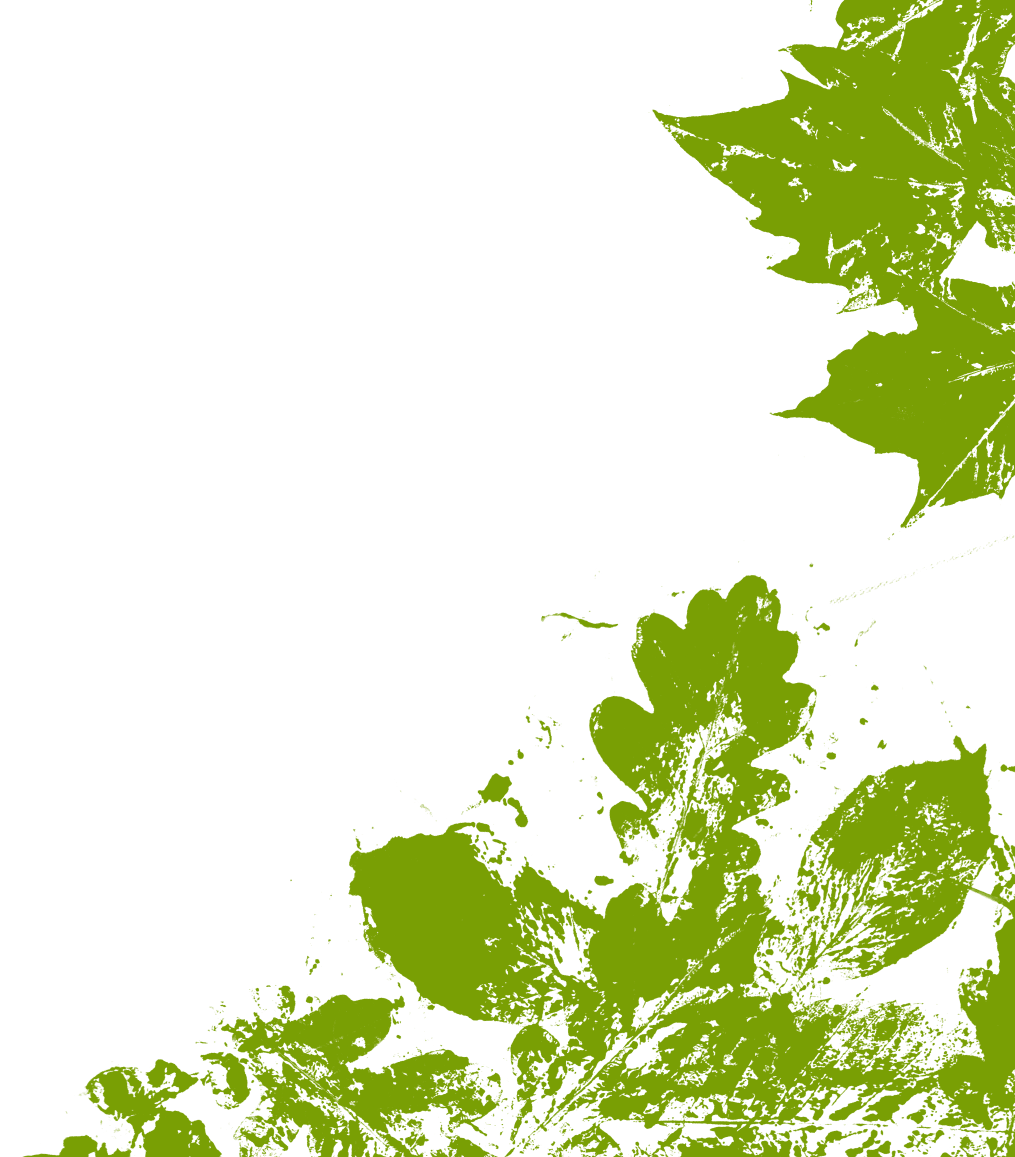Ireland Red List No. 12 — Terrestrial Mammals



The Irish lesser horseshoe bat population is thought to be stable and possibly even increasing, with an estimated 14,000 animals believed to occur across the six counties. However, there is evidence from the 1980s and more recently that sustained spells of cold weather causes high mortality in winter, particularly amongst the juveniles, from which it takes time for the population to recover.
In Ireland, the lesser horseshoe bat is confined to six western counties — Mayo, Galway, Clare, Limerick, Cork and Kerry. The reason for this may be due to the fact that the west of Ireland is influenced by the Gulf Stream, so frosts are rarer and shorter in duration than in other parts of Ireland, resulting in greater availability of insects on which the bats can forage. Also, caves are widespread in these six counties, particularly in Clare and Galway, and these provide suitable hibernation sites for the bats.

Lesser horseshoe bats with their peculiarly shaped nose-leaves, have faces that differ from other bat species in Ireland. They also, unlike other bats, wrap their wings around their body while asleep and usually hang free from their feet when roosting.
This tiny and delicate bat is Ireland's smallest bat weighing between 4-9g. It suffered a widespread and catastrophic decline in Europe during the 20th century, although it is now showing some signs of recovery. It was first recorded in Ireland from a cave in County Clare in March 1859 and the populations in Ireland are now internationally important.
During the summer, lesser horseshoe bats usually prefer to roost in old, undisturbed stone buildings with slate roofs and large entrances that allow flight into the roost spaces. In winter, they usually hibernate in caves, mines, cellars and ice houses. They forage in ‘cluttered’ habitats, such as dense vegetation in woodlands and that associated with water courses, along tree lines and well-developed hedgerows.
The lesser horseshoe bat uses a range of underground structures in which to hibernate. In such sites this species hangs free, at a short distance from other bats, usually with its wings folded around its body, in a cloak-like fashion. Saving energy is a major priority for all bats in winter and they achieve this by lowering their normal body temperature of 35oC to that of the underground site — the lesser horseshoe bat prefers sites with an ambient temperature in the region of 8oC.
Research and survey work by VWT has shown that this species prefers old stone buildings, usually with natural slate roofs, for summer roosts because these offer a warm area, usually at the roof apex, in which to rear the young. However, this species is also found in sites that appear less suitable but have specific uses. Transition roosts are mainly used in spring and autumn. Night roosts are used as resting places between feeding periods. Satellite roosts are those close to a major maternity roost, but containing smaller numbers of females and young.
In summer some male bats use the same buildings as the females, but most roost elsewhere, singly or in small numbers in structures that can be less well insulated.
Lesser horseshoe bats may also colonise purpose-built bat towers. Examples of these are at a number of VWT's bat reserves. They have also been built in collaboration with farmers along the River Mulkear in Ireland as part of a European Innovative Partnership project with the Mulkear River Catchment Project in Co. Limerick.

Lesser horseshoe bats mainly eat small flying insects such as midges, but they also take crane flies, moths and caddisflies.
Lesser horseshoe bats become active in their roosts at dusk and will often make short 'test' flights outside before finally flying to their feeding areas. Thanks to their short, broad wings, they are highly manoeuvrable in flight —described as ‘butterfly–like'. They will fly low to the ground or hug the walls of buildings until they reach the nearest cover of vegetation such as hedgerows and tree lines as they fly to deciduous woodlands to hunt, catching insects in flight or picking them off foliage. Occasionally, they will take prey from the ground or will hang from a perch to catch passing prey.

Lesser horseshoe bats have a highly sophisticated auditory system that enables them to not only safely navigate in the pitch black of caves, but to also detect the wing beats of insects. It is the only Irish bat species capable of exploiting Doppler-shifted echoes, and it emits calls at between 105kHz and 115kHz — higher than the other bats.
Females begin to occupy the nursery or maternity roosts from April onwards, giving birth to just one pup from mid June to early July. However, not all females will reproduce each year and only a small percentage of the younger females reproduce in their first year. Males do not become sexually mature until they are one year old.
Mating takes place during the autumn and winter, but pregnancy does not start until the following spring, when ovulation occurs — this reproductive strategy is called ‘delayed fertilisation.’ This ensures that pregnancy and birth coincide with food abundance.
The single pup is born in late June or early July. In the first few days, it may be carried from the roost at night when its mother goes out hunting. The pups are suckled for up to six weeks, although they start flapping their wings when they are about three weeks old, often while hanging from their mother. Following birth, the young grow rapidly and achieve independence after four to five weeks. Juveniles may remain in the maternity roost until late September, after the mothers have left.
In the autumn, as night temperatures drop and insects become less abundant, the nursery colonies gradually disperse, either to transition roosts or directly to the hibernation sites.
A combination of habitat loss; loss of roost spaces as old buildings are converted to modern homes; agricultural intensification including use of insecticides and loss of hedgerows; and increases in urbanisation — resulting in increased light pollution and noise disturbance, has led to a dramatic decline in lesser horseshoe bat numbers.
In the 2011 Bat Conservation Ireland publication Landscape conservation for Irish bats and species specific roosting characteristics, the authors stated that the small region currently occupied by the lesser horseshoe bat represents the only suitable range for this species in Ireland, based on habitat association and landscape modelling. As a result, even low levels of habitat modification or changes to roost availability could have significant adverse effects on the lesser horseshoe bat in Ireland.
VWT has acquired a number of old buildings that are managed as lesser horseshoe bat roosts in western Ireland. The surrounding landscape is also managed to provide shelter and food. VWT Ireland is also working with local councils to take lesser horseshoe bats into consideration with regard to new developments and lighting.
VWT works to conserve lesser horseshoe bats through the following actions.

Lesser horseshoe Bat Species Action Plan 2022-2026
The lesser horseshoe bat has been awarded a Species Action Plan to bring together effective and efficient conservation actions to protect this rare species in Ireland.

The lesser horseshoe bat needs a mosaic of well-connected habitats in which to feed, easily accessed and undisturbed structures in which to roost, and dark areas to fly along. An Action Plan brings together the range of organisations who can provide these conditions. Local authorities with responsibility for roads and urban development; government departments and agencies with responsibility for biodiversity, agriculture, and forestry; and environmental groups who conduct research, monitoring and education are just some of the partners working together to conserve the species.
Compared to other Irish bat species, the lesser horseshoe bat flies relatively slowly through the landscape, which makes it easier for predators, such as sparrowhawks, to predate them. They therefore avoid flying in open areas until natural light levels decline, but they also avoid areas with artificial light. The increase in the level of artificial light in the landscape is restricting how lesser horseshoe bats can safely access suitable roosting and feeding areas.
We conducted modelling projects for four local authorities, which identified some key features or locations that would enable the species to move safely through the landscape. One council subsequently used this information to alter its plan for the location of new artificial lights.
Retain old buildings old and provide suitable openings for the bats; plant hedgerows; have a diversity of plants in gardens to attract insects; and try hard to keep the countryside darker for bats through the use of more bat-friendly artificial lighting systems.



